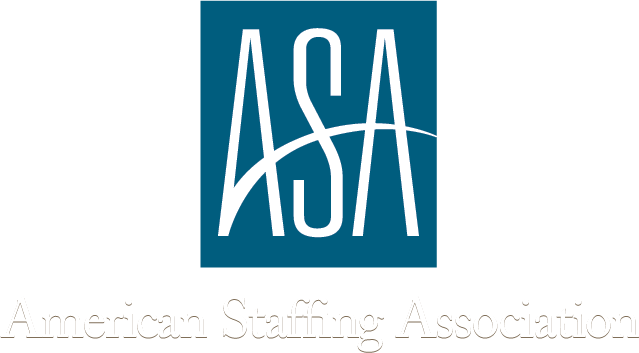How do your employees react to changes on their team? How quickly do they bounce back when a valuable contributor is lost and a new employee comes on board? If your group is tight-knit and the change involves a particularly beloved colleague or manager, the unrest can last a long time. Conversely, if turnover is high and nobody seems to notice the revolving door in and out of HR, you also have some issues of unrest to settle.
Here are some factors to consider when it comes to managing change on your team.
Give Adequate Notice of the Change
When a valued member of the team gives their notice, sit down with the employees who will feel the biggest impact. These might be the people who rely most on that team member, or people who will be called upon to pick up the slack as you search for a replacement. Some situations will call for more discretion than others, but the sooner you work out a plan for ensuring productivity after the employee’s departure, the better.
Transfer Knowledge Efficiently
If the exiting employee has been with you for a number of years, they are taking a great deal of knowledge with them. You need to make an action plan to transfer as much of that knowledge as you can to remaining members of the staff, so the new employee can get onboarded as quickly and efficiently as possible.
Have the employee create clear and detailed descriptions of his daily responsibilities and have key team members shadow him as often as possible in his remaining days. However, you must keep your expectations reasonable. You can’t expect to transfer 20 years of accumulated knowledge in two weeks. Prioritize tasks your remaining employees and the new employee must learn and get as much detail around those priorities as possible.
Call All Hands on Deck
The new employee will not be as efficient as your old employee for weeks or even months after their first day. In order to help the team acclimate to the change, rally them around supporting the new hire. Assign each member of the group an onboarding task, and create clear-cut individual and group goals. This will get them invested in the training and acclimating the new person to the job.
Foster a Healthy Culture
If your team exhibits signs of dysfunction: burnout, hypercompetitiveness, passive-aggression, sabotage, self-involvement, etc., you’re going to have higher turnover. Healthy teams are connected to one another and support each other, even when they may disagree or have opposing priorities. Work on encouraging collaboration and teamwork through open communication and shared goals, and you will notice much smoother transitions when someone does seek new opportunities.
If you are looking to improve your recruiting, hiring and retention processes for engineering and technology positions, reach out to the expert recruiters at Selectek today. We can connect you with top talent who will add real value to your team.


